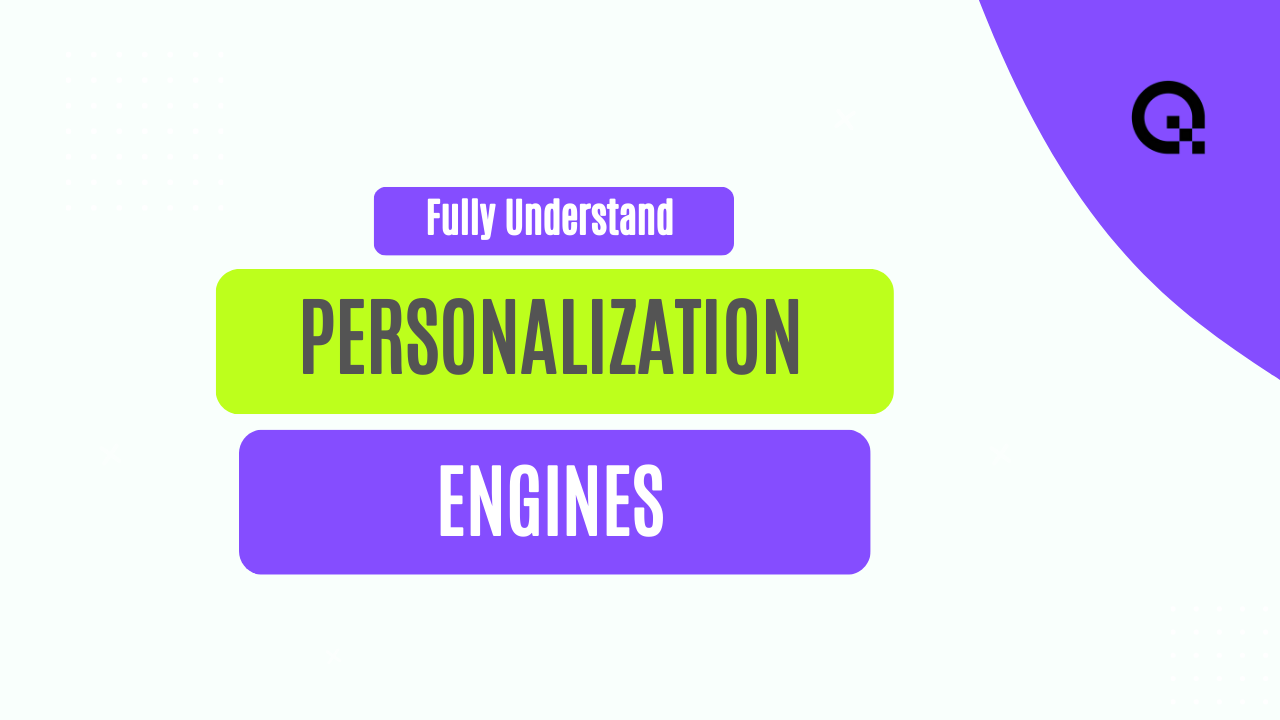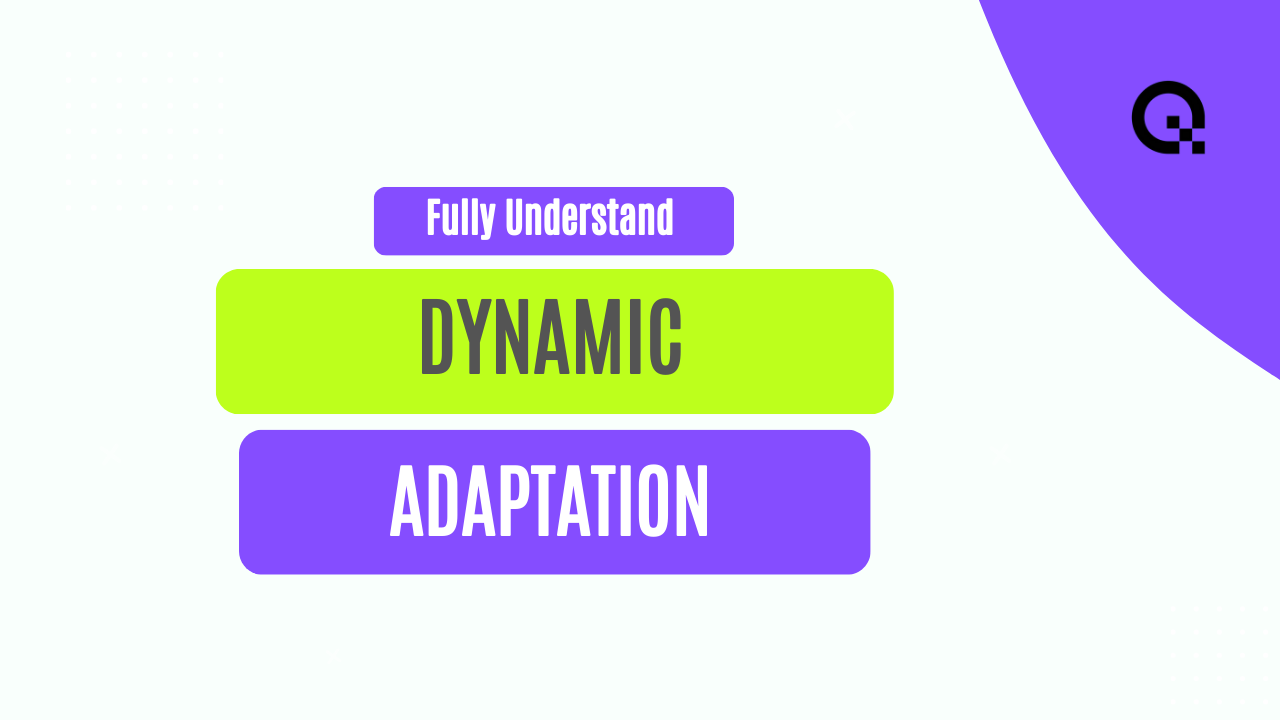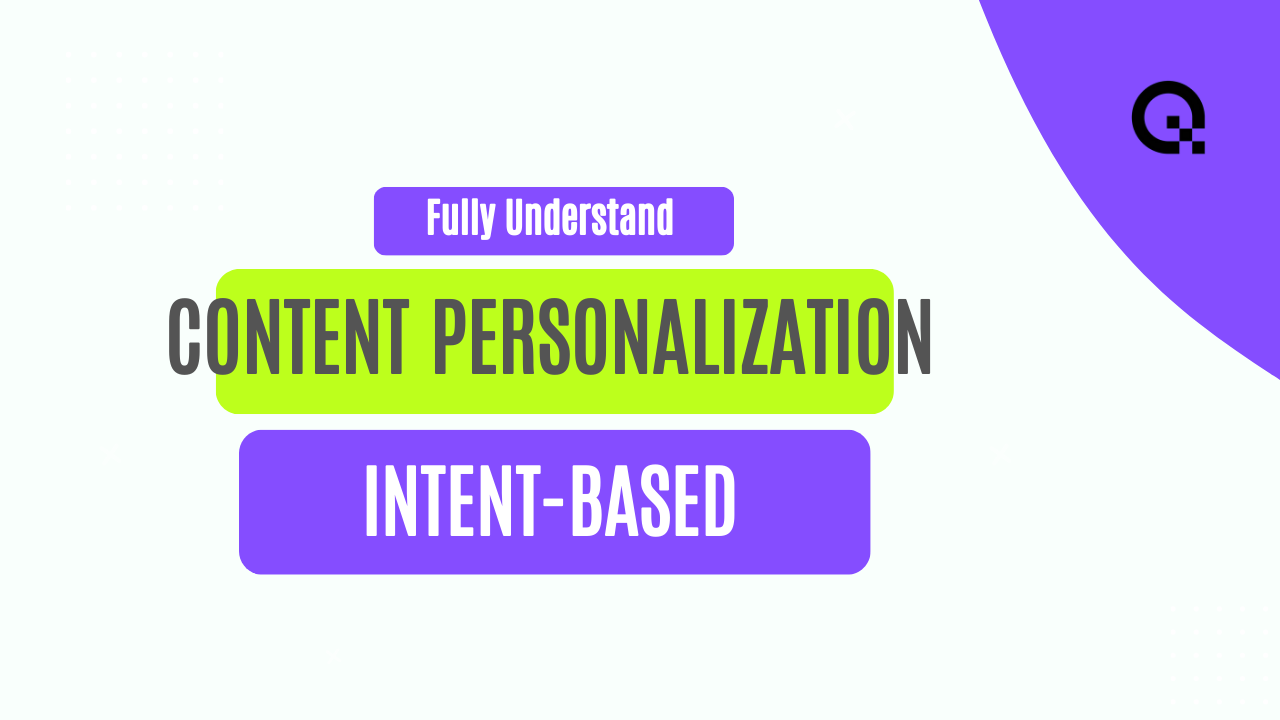User Intent Detection through Natural Language Processing (NLP)
Understanding user intent is crucial for businesses looking to provide personalized experiences to their customers. In the digital age, where interactions are often virtual, discerning what a user wants is no easy task. This is where Natural Language Processing (NLP) comes into play.
The Importance of User Intent Detection
User intent refers to the goal a user has in mind when typing a query or engaging with a website or application. By understanding user intent, businesses can tailor their responses to meet the specific needs of the user, ultimately leading to higher customer satisfaction and engagement.
NLP is a branch of artificial intelligence that focuses on the interaction between computers and humans using natural language. It enables machines to understand, interpret, and generate human language, making it an essential tool for user intent detection.
By leveraging NLP techniques, businesses can analyze and extract valuable insights from the vast amount of unstructured data generated by user interactions. This allows them to categorize user queries, identify patterns, and predict user behavior, ultimately improving the overall user experience.
Challenges in User Intent Detection
While NLP has revolutionized the way businesses interact with users, there are several challenges associated with user intent detection. One of the main challenges is the ambiguity and variability of human language. Users often express their intent in different ways, making it difficult for machines to accurately interpret their requests.
Additionally, understanding context and nuances in language poses a significant challenge for NLP algorithms. Contextual information, such as previous interactions or user preferences, plays a crucial role in determining user intent but can be difficult to capture accurately.
Furthermore, the ever-evolving nature of language and user behavior presents an ongoing challenge for user intent detection systems. To stay relevant and effective, NLP models need to continuously adapt to new trends and changes in user behavior.
Advancements in NLP for User Intent Detection
Despite the challenges, advancements in NLP technology have significantly improved user intent detection capabilities. Machine learning algorithms, such as deep learning and neural networks, have enabled more accurate and nuanced understanding of user intent.
Furthermore, the integration of context-aware NLP models has enhanced the ability to capture subtle cues and nuances in user language, leading to more accurate predictions of user intent.
Moreover, the use of large-scale language models, such as BERT and GPT-3, has revolutionized user intent detection by enabling machines to understand context and semantics more effectively.
The Future of User Intent Detection
As NLP technology continues to evolve, the future of user intent detection looks promising. With advancements in machine learning and deep learning, NLP models will become more adept at understanding user intent in complex and dynamic environments.
Furthermore, the integration of multimodal NLP, which combines text with other modalities like images and videos, will further enhance user intent detection capabilities, enabling more personalized and interactive user experiences.
In conclusion, user intent detection through NLP is a crucial aspect of providing personalized and engaging experiences to users. By leveraging NLP technology and advancements in machine learning, businesses can better understand user intent, tailor their responses, and ultimately improve customer satisfaction and engagement.



